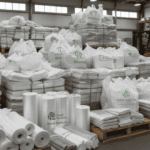
Efficiently Managing Crime Scene Evidence with Large Plastic Bags
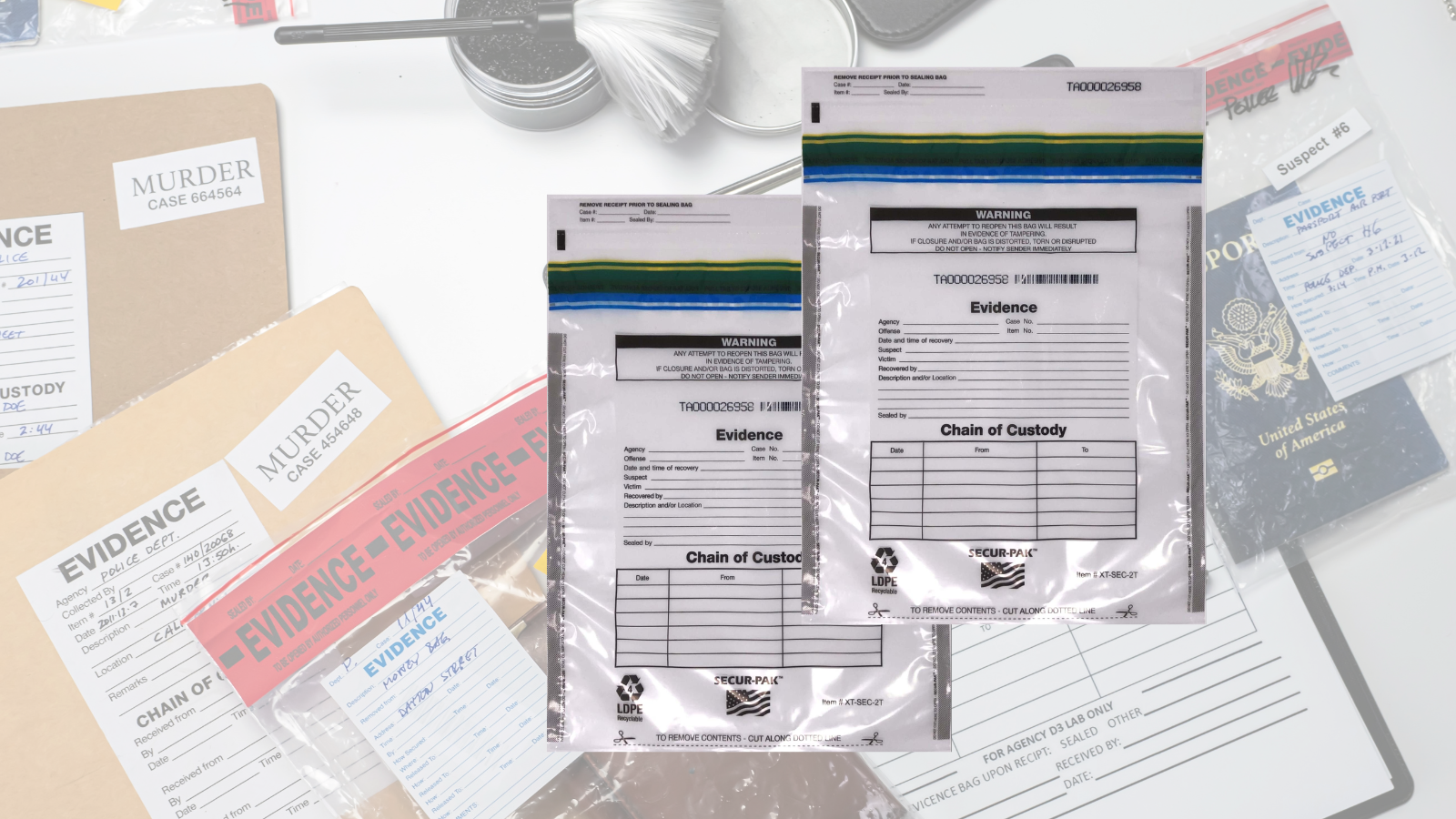
Crime scenes are complex and delicate environments that require meticulous handling and management of evidence. Proper preservation and transportation of evidence are crucial for ensuring its integrity and admissibility in court. One often overlooked but essential tool in crime scene investigation is the large plastic bag.
Large plastic evidence bags serve a myriad of purposes, from protecting evidence from contamination to facilitating organized storage. In this blog, we will explore the various ways large plastic bags can be efficiently used to manage crime scene evidence.
Preservation of Biological Evidence:
Biological evidence, such as bloodstained clothing or items with potential DNA material, requires careful handling to prevent contamination.
Large plastic evidence bags offer an effective solution to isolate and preserve these items.
The bags are designed to be airtight and durable, minimizing the risk of external elements compromising the evidence. By sealing the evidence in a large plastic bag, investigators can prevent cross-contamination and preserve the integrity of biological materials for forensic analysis.
Protecting Evidence from the Elements:
Crime scenes are often exposed to the elements, including rain, wind, and sunlight. These environmental factors can significantly impact the condition of evidence.
Large plastic bags act as a barrier against adverse weather conditions, protecting fragile items from moisture and preventing the degradation of materials.
For example, paper documents or cardboard items can be placed inside large plastic bags to shield them from rain or humidity, ensuring that the information they contain remains legible and admissible in court.
Organized Storage and Transportation:
Efficient organization of evidence is crucial for a successful investigation. Large plastic bags provide a practical solution for categorizing and storing different types of evidence.
By using appropriately labeled bags, investigators can quickly identify and retrieve specific items, streamlining the investigative process.
Moreover, these bags are often transparent or can be labeled with information such as case numbers, dates, and item descriptions, making it easier to track and manage the vast array of evidence collected from a crime scene.
Minimizing Cross-Contamination:
Cross-contamination is a constant concern in crime scene investigations. Large plastic bags act as a barrier, preventing the transfer of materials between different pieces of evidence.
This is particularly important when dealing with items that may contain trace evidence, such as fibers, hairs, or gunshot residue. By securely sealing each piece of evidence in its own bag, investigators reduce the risk of unintentional cross-contamination, maintaining the evidentiary value of each item.
Chemical Resistance:
Certain crime scenes may involve hazardous materials or chemicals that can pose a threat to both investigators and evidence. Large plastic bags, especially those made from chemical-resistant materials, provide a protective barrier against harmful substances.
This is essential for preserving the integrity of evidence and ensuring the safety of those handling it.
Whether it’s a drug-related crime scene or an industrial accident, large plastic bags with chemical-resistant properties are a valuable asset for law enforcement agencies.
Temporary Containment of Large Items:
Some crime scene evidence may be too large or cumbersome to transport immediately.
Large plastic bags can serve as a temporary containment solution until more suitable packaging is available. For example, a weapon found at a crime scene can be sealed in a large plastic bag to prevent contamination and preserve any trace evidence.
This temporary measure allows investigators to secure crucial items on-site while maintaining their integrity for later analysis.
Ensuring Chain of Custody:
Maintaining an unbroken chain of custody is critical for the admissibility of evidence in court.
Large plastic bags contribute to this by providing a secure and documented means of packaging and sealing items.
Each bag can be sealed with tamper-evident features, and the chain of custody information can be recorded directly on the bag. This meticulous record-keeping helps establish the credibility of the evidence and ensures that it has not been tampered with throughout the investigative process.
How to Choose the Right Plastic Evidence Bag
Material Matters:
The first consideration when choosing large plastic evidence bags is the material. Not all plastics are created equal, and the choice of material can significantly impact the bag’s effectiveness. Look for bags made from high-quality, durable materials that offer resistance to tearing and punctures. Polyethylene and polypropylene are commonly used materials due to their strength and reliability. Additionally, consider whether the bags are chemically resistant, especially if the crime scene involves hazardous materials.
Size and Capacity:
Crime scenes vary widely, and so does the size and nature of evidence. Selecting the right size of plastic evidence bags is crucial. Ensure that the bags are large enough to accommodate the items you anticipate encountering without compromising their integrity. It’s advisable to have a variety of sizes on hand to accommodate everything from small items like jewelry to larger pieces such as clothing or bulky objects. Having a range of sizes ensures flexibility and efficiency in evidence collection.
Closure Mechanism:
The closure mechanism of large plastic evidence bags is a critical factor in maintaining the integrity of the evidence. Look for bags with secure and tamper-evident closures, such as adhesive seals or zip-lock mechanisms. These features not only prevent unauthorized access but also provide a clear indicator if the bag has been opened or tampered with. In a legal context, a robust closure mechanism is essential for establishing and maintaining the chain of custody.
Transparency and Labeling:
Efficient organization is key in managing evidence. Transparent large plastic bags offer the advantage of easy visual identification of the contents without compromising the integrity of the evidence. Additionally, ensure that the bags have sufficient space for labeling with essential information such as case numbers, dates, and item descriptions. Clear labeling simplifies the tracking and retrieval of specific items, streamlining the investigative process and reducing the risk of errors.
Compliance with Regulations:
Crime scene investigation is governed by strict regulations, and evidence bags must comply with these standards. Ensure that the large plastic evidence bags you choose meet or exceed these standards. Compliance not only ensures the admissibility of evidence in court but also upholds the ethical and legal standards of the investigation.
Ease of Use:
Choose large plastic evidence bags that are easy to open and close, allowing for quick and efficient evidence collection. Consider bags with features such as pre-printed information fields for standardized data entry, making it easier for investigators to record essential details without delay.
Conclusion:
Efficiently managing crime scene evidence is a multifaceted challenge that requires attention to detail and the use of appropriate tools. Large plastic bags, often overlooked in their significance, play a vital role in preserving and transporting evidence.
From protecting biological materials to shielding items from the elements, these bags offer a versatile solution for law enforcement professionals.
As technology and forensic techniques continue to advance, it is essential to recognize the importance of seemingly simple tools, such as large plastic bags, in ensuring the integrity and admissibility of evidence in the pursuit of justice.
Share:
Get A Quick Quote
Social Media
Most Popular


Top Ways Custom Packaging Builds Stronger Customer Loyalty
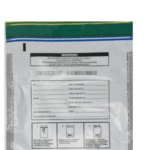
Everything You Need to Know Tamper-Evident Bank Bags
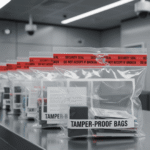
Ensuring Evidence Integrity: Importance of Tamper-Proof Bags
Categories
Tags
Related Posts
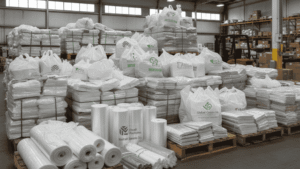
Wholesale Plastic Bags: The Cost-Effective Choice for Every Business
Every business, big or small, relies on packaging to operate smoothly. From retail stores and grocery shops to warehouses and online sellers, packaging plays a

Top Ways Custom Packaging Builds Stronger Customer Loyalty
Brands today compete for attention in every possible way, but one area many still overlook is packaging. The moment a customer receives an order and
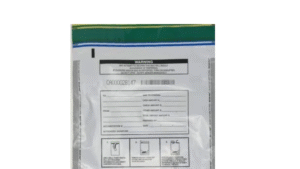
Everything You Need to Know Tamper-Evident Bank Bags
You cannot afford to take security lightly when it comes to handling money. From the moment cash is collected, picked up by the authorized person,
